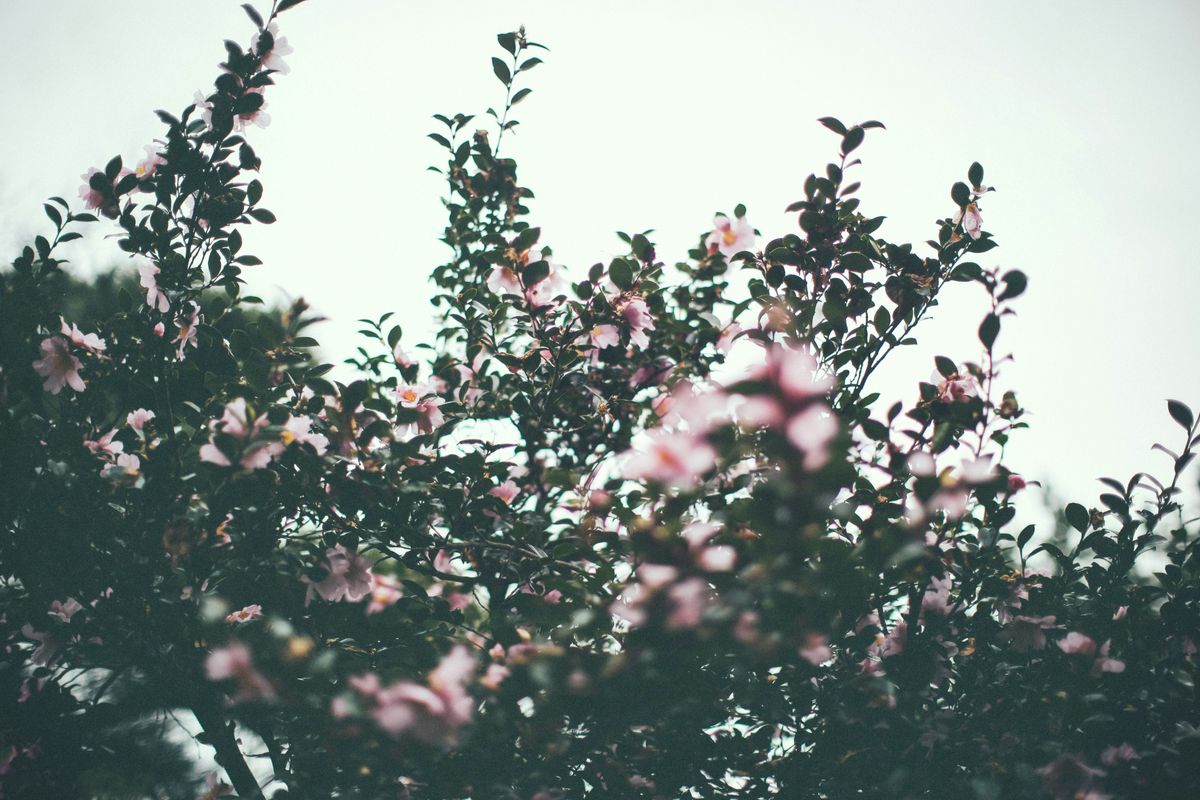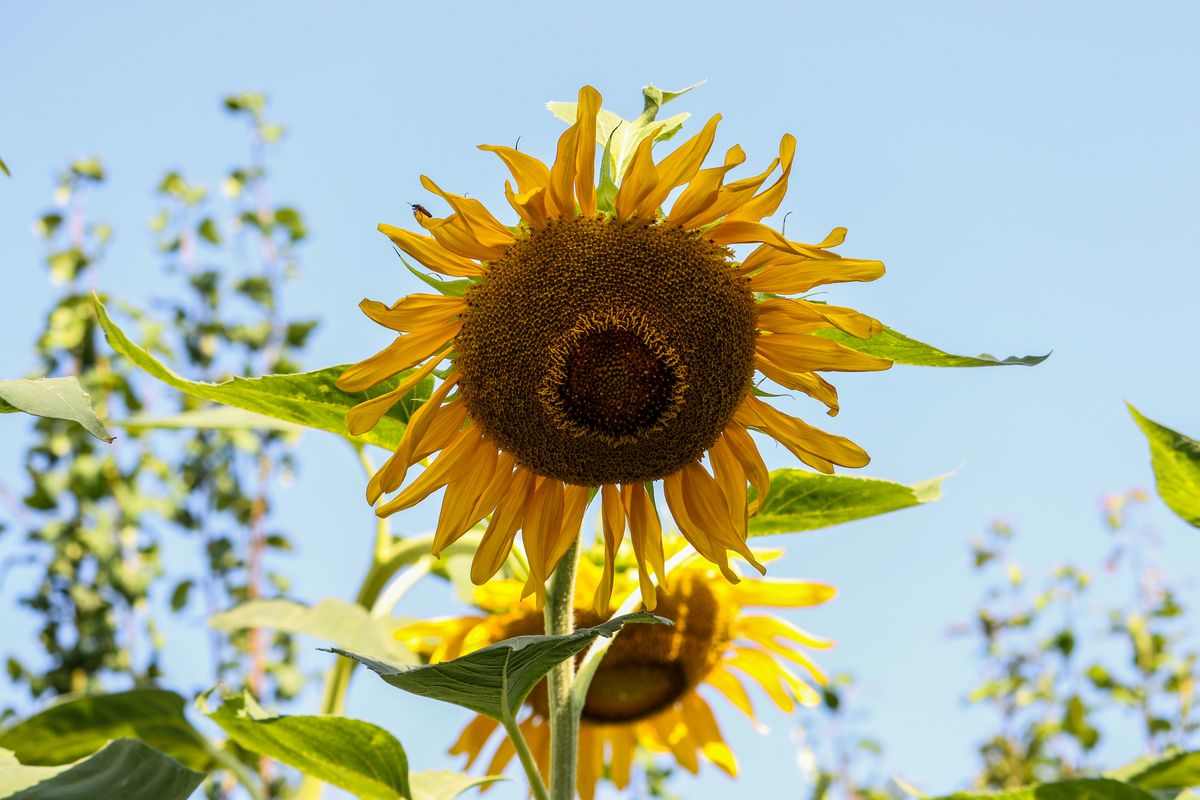Copper plants bring a touch of magic to any garden with their stunning metallic foliage. In this article, we will explore the unique appeal of copper plants, how to care for them, and creative ways to incorporate them into your garden design.
Key Takeaways
- Copper plants add a unique and eye-catching element to your garden.
- Regular cleaning and polishing can help maintain the luster of copper foliage.
- Consider factors like sunlight and soil conditions when selecting copper plant varieties.
- Mixing different copper plant varieties can create a dynamic and visually appealing garden.
- Seasonal care is essential to keep your copper plants looking vibrant year-round.
Why Copper Plants Shine in Your Garden

The Unique Appeal of Copper Foliage
There’s something truly enchanting about the way copper plants catch the light. Their leaves, with a metallic sheen that seems to glow, can transform any garden space into a living work of art. It’s not just about the aesthetics, though; copper foliage can also create a sense of warmth and richness that’s hard to replicate with other plants.
Copper plants aren’t just pretty faces in the garden; they’re also symbols of resilience and adaptability. Much like the Copper Spoons plant, which is praised for its visual appeal and the warm glow it adds to any setting, these plants can positively influence our mood and the atmosphere of our outdoor spaces.
When incorporating copper plants into your garden, consider the following points:
- The unique texture and color of copper foliage can complement a variety of garden styles.
- Copper plants can serve as excellent focal points or as part of a larger garden composition.
- They can be paired with plants of contrasting colors for a dramatic effect.
Remember, the allure of copper plants extends beyond their beauty. For instance, the Clusia hedge, with its sturdy, dark green foliage, is known for its minimal maintenance and adaptability, making it an ideal choice for creating a natural privacy screen in warm climates.
Caring for Copper Plants
Copper plants, with their shimmering hues, can be the crowning jewels of your garden. But to keep them dazzling, a bit of tender loving care is essential. First off, these metallic beauties thrive in well-draining soil. Overwatering is a no-no, as it can lead to root rot, tarnishing their vibrant colors.
When it comes to feeding, a balanced fertilizer does wonders. Here’s a quick cheat sheet:
- Spring: Kickstart growth with a high-nitrogen mix.
- Summer: Maintain with a balanced 10-10-10 (NPK) fertilizer.
- Fall: Ease off to prepare for dormancy.
Remember, the right care routine turns plant care from a chore into a delightful ritual. And don’t forget, copper plants are not just for show; they can transform your kitchen or any space into a welcoming area, adding that special touch with their unique foliage. So, whether you’re a seasoned gardener or a newbie with a penchant for DIY and home improvement, these metallic wonders are sure to add a spark to your green space.
Creative Ways to Use Copper Plants
Copper plants aren’t just about the shimmer; they’re about structure and style too. Think of them as living sculptures that can elevate the design of your garden. Whether you’re looking to create a focal point or add a touch of whimsy, these metallic beauties are versatile players in the landscape game.
Here’s a quick rundown on how to make the most of their unique charm:
- Accentuate pathways: Line your garden paths with copper plants for a warm, inviting glow.
- Mix with greens: Pair them with deep green foliage for a stunning contrast that pops.
- Elevate containers: Add copper plants to containers for an instant upgrade to your patio or balcony.
And don’t forget, much like silverware, copper plants require a bit of polishing to keep them looking their best. A gentle wipe with a damp cloth can remove dust and enhance their natural luster. For those who love a bit of DIY, consider crafting your own Copper Plant Sticks. They’re not just supportive stakes for your plants; they’re statement pieces that bring a bespoke touch to your green space.
Choosing the Right Copper Plant Varieties

Exploring Different Copper Plant Options
Diving into the world of copper plants is like uncovering a treasure trove of metallic hues that can transform your garden space. Each variety has its own unique charm, from the deep, burnished tones of one species to the bright, penny-like sheen of another. It’s not just about looks, though; these plants come with their own set of growth habits and care requirements.
Here’s a quick rundown of some popular copper plant varieties:
- Acalypha wilkesiana, often called the copperleaf, with its mottled and iridescent leaves.
- Heuchera varieties, also known as coral bells, which boast a range of copper tones and delicate bell-shaped flowers.
- The Carex testacea, or orange sedge, which adds a fine-textured coppery brushstroke to the garden.
When selecting the perfect copper plant for your garden, think of it as planning a party. You want to decide on a theme, consider the serving style (in this case, the plant’s growth habit), set a budget (how much care and maintenance you’re willing to invest), and don’t hesitate to ask for help from local nurseries or gardening communities. Including guests in theme and budget planning can be likened to involving fellow gardeners in your plant selection process for shared insights and experiences.
Factors to Consider When Selecting Copper Plants
When you’re on the hunt for the perfect copper plant to add that metallic flair to your garden, there are a few key factors you’ll want to keep in mind. Climate compatibility is crucial; not all copper plants are created equal when it comes to weathering the seasons. You’ll want to choose varieties that can thrive in your garden’s unique conditions.
Next up, consider the maintenance level. Some copper plants might require more TLC than others. If you’re not one for frequent gardening, look for low-maintenance options. Here’s a quick rundown of what to keep in mind:
- Climate compatibility
- Maintenance level
- Growth habit and size
- Soil and water needs
- Aesthetic compatibility
Lastly, don’t forget about aesthetic compatibility. The plant should not only survive but also complement your garden’s style. Whether you’re going for a rustic vibe or a modern look, make sure your copper plant fits the aesthetic. With these factors in your gardening toolkit, you’ll be well on your way to a shimmering, metallic paradise.
Mixing and Matching Copper Plant Varieties
When it comes to creating a visually striking garden, the art of mixing and matching copper plant varieties can’t be overstated. It’s like being a painter with a palette of metallic hues, each variety offering a unique shade and texture to the canvas of your garden.
Start by considering the height, spread, and growth habits of different copper plants. For instance, the Acalypha wilkesiana, with its mottled red and copper leaves, makes a bold statement in the middle of a border. Here’s a quick guide to help you pair copper plants effectively:
- Tall Varieties: Ideal as backdrops or for creating vertical interest.
- Medium Varieties: Perfect for mid-border placement or as the focal point in container arrangements.
- Low-Growing Varieties: Great for edging or filling in the front of a border.
Remember, the key to a harmonious garden is balance. Play with contrasts in leaf size and plant shape to add depth and intrigue. And don’t forget to consider the lighting in your garden; copper plants can look dramatically different in sunlight versus shade, so place them where they’ll shine the brightest.
Maintaining the Luster of Copper Foliage

Cleaning and Polishing Copper Leaves
Keeping your copper plants gleaming is simpler than you might think. Regular cleaning is crucial to prevent the natural patina that can dull their shine. Just like maintaining a showerhead, preventing clogs in the foliage is essential.
Here’s a quick and easy method to polish those metallic leaves:
- Mix baking soda and lemon juice into a paste.
- Gently apply the paste to the leaves, scrubbing softly.
- It’s going to be a bit messy, so do this outdoors if possible.
- Once you’ve given them a good rub, rinse the leaves with water.
Remember, while a bit of elbow grease is required, the effort pays off with stunning, lustrous foliage that stands out in your garden.
Preventing Tarnishing of Copper Plants
Keeping your copper plants gleaming is all about proactive care. Preventative measures are key to maintaining that metallic sheen without the hassle of frequent intense cleanings. Here’s a quick rundown on how to keep tarnish at bay:
- Regular Inspections: Keep an eye out for early signs of wear, such as pitting or discoloration. Catching these early can make all the difference.
- Protective Coatings: A simple but effective barrier can be created by applying a protective coating to the foliage. This helps shield your plants from the elements and reduces the risk of corrosion.
Remember, the goal is to enjoy the beauty of your copper plants without constant worry. With these steps, you can ensure your garden continues to sparkle with minimal effort.
Seasonal Care Tips for Copper Foliage
As the seasons turn, your copper plants will need a little extra TLC to keep their metallic sheen. Winter frosts can be tough on these beauties, so it’s crucial to provide some protection. Wrapping them in burlap or moving potted specimens indoors can save the day.
Come spring, it’s time to inspect your plants and give them a fresh start. Pruning away any dead or damaged leaves ensures your copper plants are ready to grow with vigor. And don’t forget, a little feed goes a long way; a balanced fertilizer can work wonders as the growing season kicks off.
Summer is all about hydration—keep the soil consistently moist but not waterlogged. And in the heat of the day, a bit of shade can prevent leaf burn. As autumn rolls in, reduce watering and prepare your plants for the cooler months ahead. Here’s a quick checklist to help you remember the essentials:
- Inspect regularly for signs of stress or damage
- Provide protection from harsh weather
- Prune and feed in the spring
- Monitor watering needs and adjust seasonally
Remember, a little effort in maintaining your copper plants can make a huge difference in their performance throughout the year.
Frequently Asked Questions
How often should I clean and polish copper leaves in my garden?
It is recommended to clean and polish copper leaves every 1-2 months to maintain their shine and luster.
Are copper plants suitable for all types of gardens?
Copper plants can thrive in various garden settings, but it’s essential to consider their sunlight and soil requirements for optimal growth.
Can copper plants be grown indoors?
Yes, certain copper plant varieties can be grown indoors as long as they receive sufficient light and proper care.
What are the common signs of tarnishing on copper foliage?
Tarnishing on copper foliage is often indicated by a dull or greenish appearance on the leaves, which can be removed through cleaning and polishing.
How can I prevent pests from damaging my copper plants?
Regularly inspecting your copper plants for pests, using organic pest control methods, and maintaining proper plant health can help prevent pest infestations.
Do copper plants change color with the seasons?
Some copper plant varieties may exhibit color changes in different seasons, adding dynamic beauty to your garden throughout the year.
